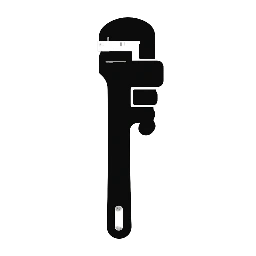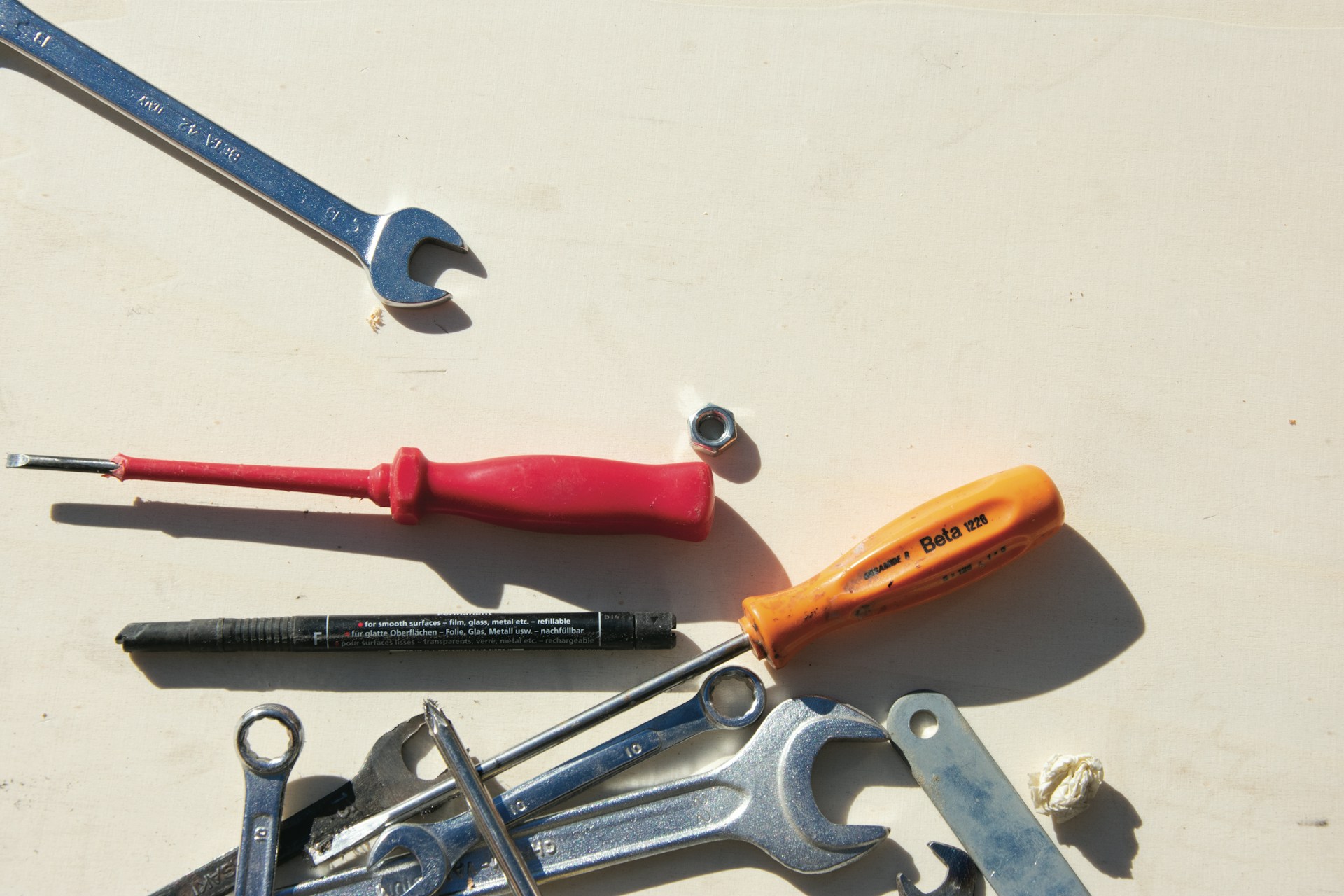Tankless water heaters are efficient appliances, but like any sophisticated system, they can encounter issues that trigger error codes. These codes are not just random numbers; they’re diagnostic messages designed to help you pinpoint the problem quickly. Understanding what these codes mean and how to address them can save you time and money on service calls.
This in-depth guide will walk you through common tankless water heater error codes and provide step-by-step troubleshooting solutions.
Understanding Your Tankless Water Heater’s Display
Before diving into specific codes, it’s crucial to familiarize yourself with your unit’s display panel. Most tankless water heaters have a digital display that shows the current temperature, status indicators, and, most importantly, error codes when a fault occurs. Refer to your owner’s manual to understand the specific layout and symbols for your model.
General Troubleshooting Tips (Before You Call for Service)
No matter what error code you’re seeing, here are some preliminary steps you should always take:
- Consult Your Owner’s Manual: This is your primary resource! Every tankless water heater manufacturer has a specific list of error codes and their corresponding troubleshooting steps. The information in your manual will be the most accurate for your particular model.
- Power Cycle the Unit: Sometimes, a simple reset can clear a temporary glitch. Turn off the power to your tankless water heater at the breaker for 5-10 minutes, then turn it back on.
- Check Gas and Water Supply: Ensure your gas valve is fully open and that there are no kinks or obstructions in your water lines. Low water pressure can often trigger error codes.
- Inspect Vents and Air Intake: Blocked vents or air intake can cause combustion issues. Ensure they are clear of debris, dust, or animal nests.
- Look for Leaks: Any signs of water leaks around the unit can indicate a more serious problem and should be addressed immediately.
Common Tankless Water Heater Error Codes and Troubleshooting
While specific codes vary by manufacturer (Rinnai, Noritz, Takagi, Bosch, Rheem, Navien, etc.), many common issues trigger similar codes. Here’s a breakdown of frequently encountered error types and how to address them:
1. Combustion/Ignition Related Errors (Codes often start with 1, 10, 11, 12, 14, 16, 31, 71, 72, 90, 99)
These codes typically indicate a problem with the unit’s ability to ignite the gas or maintain a stable flame.
- Possible Causes:
- No Gas Supply: Gas valve closed, gas meter issues, or interruption in gas service.
- Igniter Failure: Worn out or faulty igniter.
- Flame Sensor Malfunction: Dirty or faulty flame rod/sensor not detecting the flame.
- Blocked Exhaust/Air Intake: Restricting proper combustion.
- Improper Gas Pressure: Too low or too high.
- Combustion Fan Issues: Fan not working correctly.
- Ventilation Issues: Poor airflow in the installation area.
- Troubleshooting Steps:
- Verify Gas Supply: Check that the gas valve to the water heater is fully open. If other gas appliances (stove, furnace) are also not working, there might be a broader gas supply issue.
- Power Cycle: Perform a power cycle as described above.
- Inspect Vents: Ensure the exhaust and air intake vents are clear of obstructions (leaves, nests, snow, etc.).
- Check for Proper Venting: Make sure the vent pipes are correctly installed and sealed according to the manufacturer’s instructions.
- Examine Flame Sensor (if accessible and comfortable): Carefully shut off gas and power. If you can safely access the flame sensor (refer to your manual), gently clean it with fine-grit sandpaper or a wire brush to remove any carbon buildup. If you are not comfortable or unsure, do not attempt this.
- Listen for Igniter: When the unit tries to ignite, listen for the clicking sound of the igniter. If you don’t hear it, the igniter might be faulty.
- Check Gas Pressure (requires professional tools): This usually requires a qualified technician to verify the correct gas pressure at the unit.
2. Water Flow/Pressure Related Errors (Codes often start with 10, 20, 21, 22, 23, 29, 32, 92)
These codes indicate a problem with water flowing through the unit or a pressure issue.
- Possible Causes:
- Low Water Flow Rate: Not enough water passing through the heater to trigger operation.
- Blocked Water Inlet Filter: Sediment buildup.
- Closed Isolation Valves: Valves leading to or from the heater are not fully open.
- Cross-Contamination/Hot Water Recirculation Issues: Hot and cold water lines mixing.
- Faulty Flow Sensor: Not accurately detecting water flow.
- Scale Buildup: Mineral deposits inside the heat exchanger.
- Troubleshooting Steps:
- Check All Faucets: Ensure multiple hot water faucets are open and running to see if the issue is isolated to one fixture or if there’s a general flow problem.
- Verify Isolation Valves: Make sure the cold water inlet and hot water outlet valves on the water heater are fully open.
- Inspect Water Filter: Many tankless units have an inlet water filter. Turn off the water supply, then carefully remove and clean the filter screen.
- Check for Kinks in Water Lines: Ensure there are no kinks in the flexible water lines connected to the unit.
- Perform a Flush (Descaling): If you suspect mineral buildup (especially if you have hard water and haven’t flushed your unit recently), a descaling flush can often resolve flow issues. This requires a descaling pump and solution. Regular flushing (annually or bi-annually) is crucial for preventing these issues.
- Check Water Pressure: If you have very low water pressure in your home overall, that could be the root cause.
3. Overheating/Temperature Related Errors (Codes often start with 19, 99)
These codes signify that the unit has detected an unsafe temperature.
- Possible Causes:
- Restricted Water Flow: Leading to water overheating in the heat exchanger.
- Faulty Thermistor/Temperature Sensor: Inaccurate temperature readings.
- Scale Buildup: Impeding heat transfer and causing localized overheating.
- Improper Venting: Hot exhaust gases recirculating.
- Troubleshooting Steps:
- Check Water Flow: Follow the steps under “Water Flow/Pressure Related Errors” to ensure adequate flow.
- Power Cycle: Reset the unit.
- Inspect for Blockages: Ensure the hot water outlet pipe isn’t blocked or kinked.
- Consider Descaling: If the unit is old or hasn’t been flushed, scale buildup is a strong possibility.
4. Communication/Circuit Board Errors (Codes often start with 00, 01, 99)
These codes typically point to an internal electronic issue.
- Possible Causes:
- Loose Electrical Connections:
- Power Surges:
- Faulty Wiring:
- Damaged Control Board:
- Moisture Intrusion:
- Troubleshooting Steps:
- Power Cycle: This is often the first and best attempt for these errors.
- Check for Loose Connections (if comfortable and safe): With power off at the breaker, carefully inspect visible electrical connections for tightness. Do not attempt if you are not comfortable working with electricity.
- Inspect for Visible Damage: Look for any signs of burnt components or water damage on the circuit board. If found, a professional is required.
When to Call a Professional
While this guide covers many common troubleshooting steps, there are times when professional help is essential:
- Persistent Error Codes: If an error code reappears after you’ve tried all the relevant troubleshooting steps.
- Gas Leaks: If you smell gas, immediately shut off the gas supply, evacuate, and call your gas company and a qualified technician.
- Water Leaks: Significant water leaks from the unit require immediate attention.
- Electrical Issues: If you suspect faulty wiring or a damaged circuit board.
- Complex Internal Repairs: Any repair involving internal components, gas lines, or sealed combustion chambers should only be performed by a certified technician.
- Safety Concerns: If you are ever unsure or uncomfortable performing a troubleshooting step.
Preventing Future Error Codes
Regular maintenance is key to preventing most tankless water heater issues:
- Annual Descaling (Flushing): This is the most critical maintenance task, especially in areas with hard water. It removes mineral buildup that can cause numerous problems.
- Vent Inspection: Regularly check that intake and exhaust vents are clear.
- Inlet Filter Cleaning: Clean the water inlet filter periodically.
- Professional Servicing: Consider an annual professional inspection and tune-up.
By understanding your tankless water heater’s error codes and following these troubleshooting steps, you can often resolve issues yourself and keep your hot water flowing reliably.


Leave a Reply